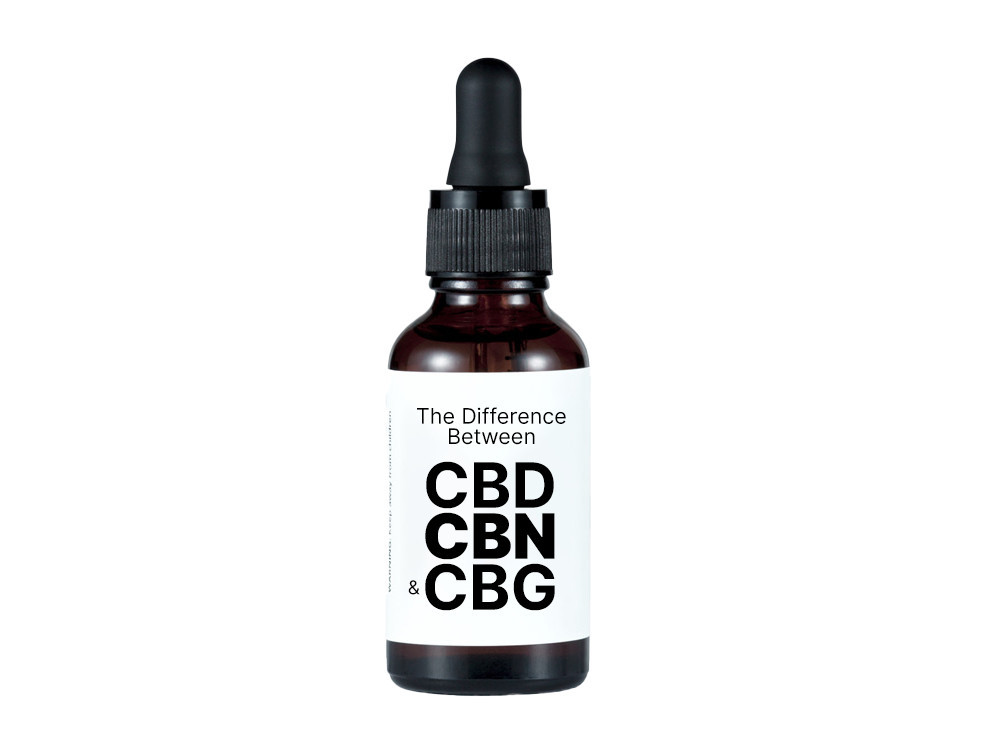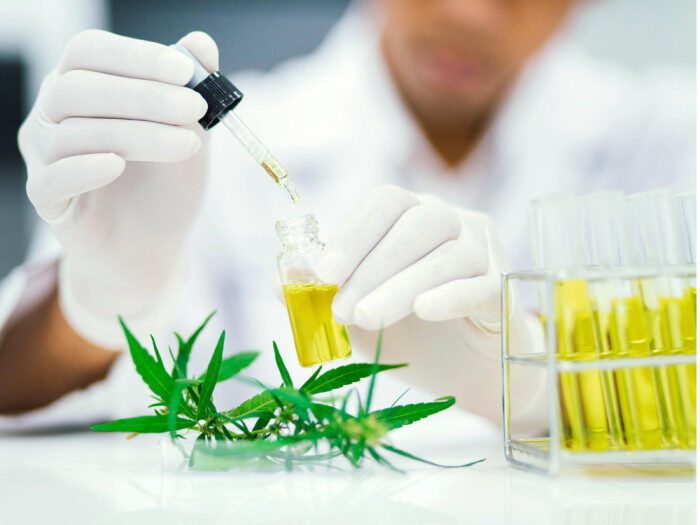
August 28, 2024
The Difference Between CBD, CBN, and CBG: Production and Effects
As cannabis research progresses, cannabinoids like CBD (Cannabidiol), CBN (Cannabinol), and CBG (Cannabigerol) are gaining attention for their diverse health benefits. Despite being derived from the same plant, their production processes, chemical structures, and effects on the human body vary significantly. In this blog, we’ll explore these differences and link you to resources for a deeper understanding.
SHOP CBD, CBN & CBG at Garden City Cannabis Co
St. Catharines | Welland (Niagara Street) | Fort Erie | Welland (East Main)
Applications in Wellness Products
CBD is ideal for daily use to manage chronic conditions such as anxiety, arthritis, and epilepsy. Learn more about CBD in wellness.
CBN is often incorporated into products designed for nighttime use, including sleep aids and relaxation supplements. Discover CBN in sleep products.
CBG is increasingly found in products targeting gut health, neuroprotection, and inflammation. Explore CBG in health products.

Production Processes
CBD is one of the most abundant cannabinoids found in hemp plants. During the growth phase, cannabis plants produce CBGA (Cannabigerolic Acid), a precursor that converts into CBD, THC, and other cannabinoids. CBD is typically extracted from hemp using methods such as CO2 extraction, which helps retain the compound’s potency and purity. Learn more about CBD extraction.
CBN is a cannabinoid formed as THC degrades over time due to exposure to heat, light, or air. Unlike CBD, CBN is not directly produced by the plant but is a result of THC oxidation. This means that CBN is often found in aged cannabis. Because of its origin, CBN is less abundant and more challenging to produce in large quantities. Discover how CBN is created.
CBG is often referred to as the “mother of all cannabinoids” because it is the precursor from which other cannabinoids, including THC and CBD, are synthesized. However, as the cannabis plant matures, most of the CBG is converted into other cannabinoids, leaving only a small amount. To harvest significant amounts of CBG, growers must extract it from young plants. Find out more about CBG production.
Chemical Structures and Interactions
CBD interacts with the endocannabinoid system (ECS) but has a low affinity for CB1 and CB2 receptors. Instead, it modulates the receptors indirectly, influencing various physiological processes without producing a high. Explore CBD’s interaction with the ECS.
CBN has a mild psychoactive effect, although it is much weaker than THC. It binds to CB1 receptors in the brain, albeit less strongly than THC, which may explain its sedative properties. Learn more about CBN's psychoactive effects.
CBG binds directly to both CB1 and CB2 receptors in the ECS, similar to THC but without the psychoactive effects. This direct interaction may explain CBG’s neuroprotective properties and its potential to treat conditions like glaucoma. Understand how CBG works in the body.

Expected Effects and Benefits
CBD is widely used for its non-psychoactive therapeutic effects, which include reducing anxiety, alleviating pain, and treating inflammation. It’s commonly used in wellness products aimed at managing chronic conditions without altering mental clarity. Read about CBD’s health benefits.
CBN is often marketed as a sleep aid due to its sedative properties. Emerging research also suggests it may have anti-inflammatory and antibacterial effects, making it a potential candidate for pain relief and infection treatment. Explore CBN’s health benefits.
CBG is gaining attention for its potential neuroprotective effects, making it a promising candidate for treating neurodegenerative diseases like Huntington’s. Additionally, CBG has shown promise in reducing inflammation and even inhibiting cancer cell growth. Learn more about CBG’s therapeutic potential.

The Entourage Effect
When cannabinoids like CBD, CBN, and CBG are combined, they may enhance each other's effects—a phenomenon known as the entourage effect. For example, using CBD and CBN together could create a more potent sleep aid, while combining CBD and CBG may boost anti-inflammatory effects. Understand the entourage effect.

For further information, check out these resources:
These sources provide a wealth of knowledge on the production, effects, and therapeutic potentials of CBD, CBN, and CBG, helping you navigate the expanding world of cannabis-based products.
- In Ontario, Canada, the consumption of cannabinoids such as CBD, CBN, and CBG is regulated under the Cannabis Act. It is legal to purchase and consume these products if you are 19 years of age or older. However, it's important to use them responsibly and in accordance with local laws. Always consult with a healthcare professional before starting any cannabinoid-based products, especially if you are pregnant, nursing, or have underlying health conditions. Be aware that while these products are legal, they may have psychoactive effects, interact with medications, and carry risks. Consumption in public spaces is restricted, and impaired driving laws apply.
SHOP CBD, CBN & CBG at Garden City Cannabis Co
St. Catharines | Welland (Niagara Street) | Fort Erie | Welland (East Main)
Join our mailing list to receive exclusive details on new arrivals, product recommendations, sales, discounts, events and more.
111 Fourth Avenue, Unit 9
St. Catharines, Ontario
(905) 397-4207
310 Garrison Rd
Fort Erie, Ontario
(905) 871-4420
623 Niagara Street
Welland, Ontario
(289) 820-8432
469 East Main St
Welland, Ontario
(289) 820-6370





